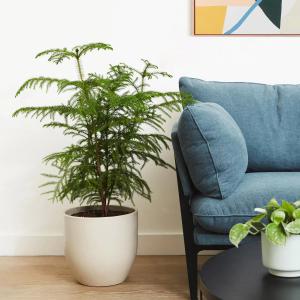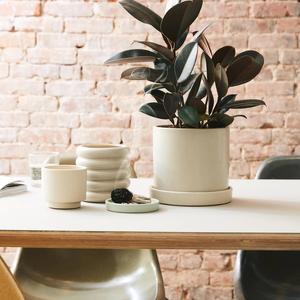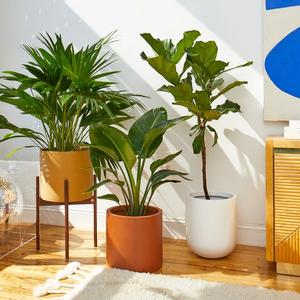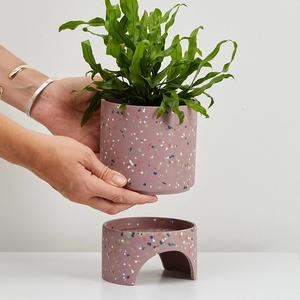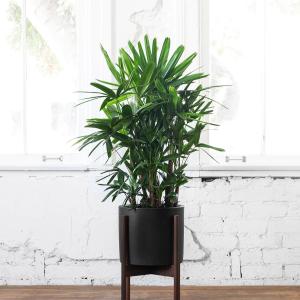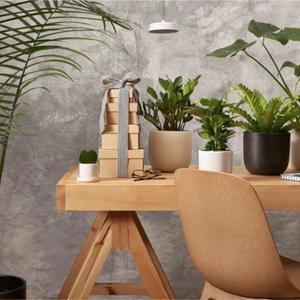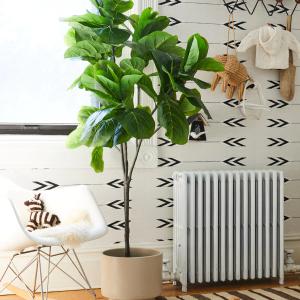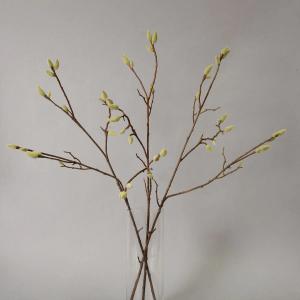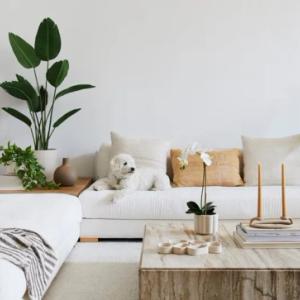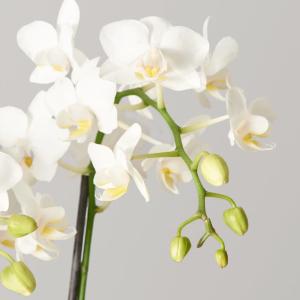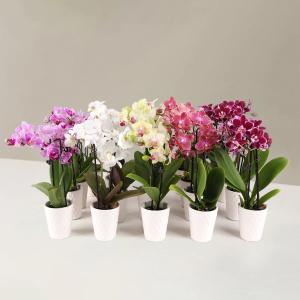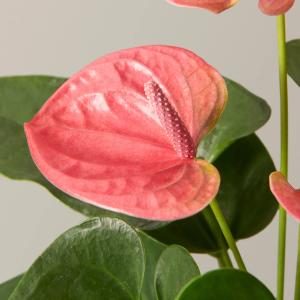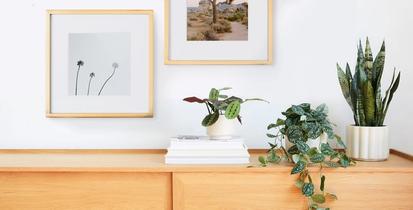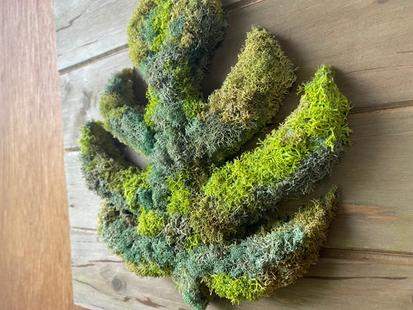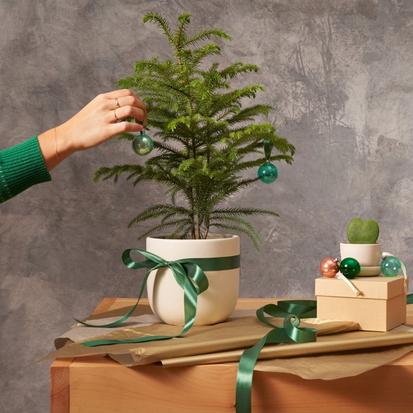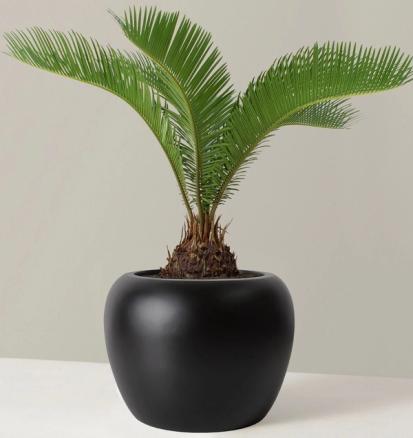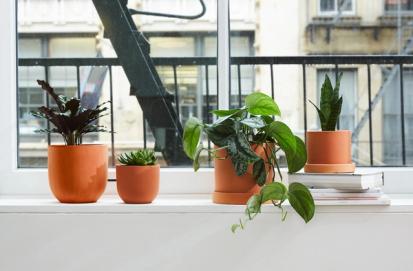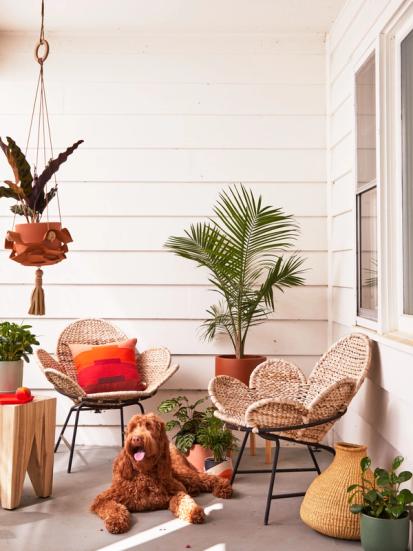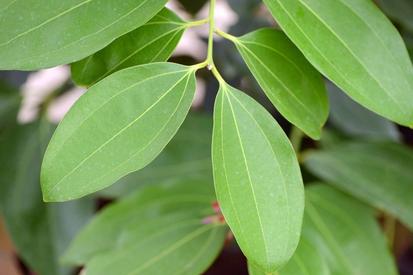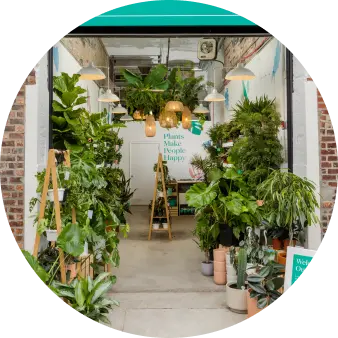Houseplants have calming, relaxing effects, making them the perfect addition to a bedroom where relaxation is ideal. Studies show that simply touching a plant’s leaves can calm you down. There is no hard evidence that a houseplant can increase your quantity of sleep — but they can improve your quality of sleep, consequently leading to a happier, healthier, you.
Despite the positive benefits indoor plants provide, plants in the bedroom is polarizing territory. Some think they are harmful, others think they are helpful. This is because plants may respire, emitting carbon dioxide at night as a reverse response to photosynthesis.
Consider that we are already sharing our bedrooms with humans and pets, both who produce far more CO2 than plants. Carbon dioxide is relatively harmless in small amounts. It’s really carbon monoxide, the cousin of CO2, that is extremely dangerous. In short, a plant cannot cause CO2 suffocation. Actually, houseplants can improve indoor air quality.
Dry indoor air is blamed for a host of ailments like respiratory problems, sore throats, colds and even breakouts. Indoor plants help maintain humidity levels and in some cases increase it by emitting water vapor during transpiration.
In addition to emitting oxygen and humidity, plants produce negative ions, similar to the way many air-purifiers do. The negative ions attach themselves to and effectively remove any particles in the air such as dust, mold spores, bacteria and allergens. The presence of negative ions has also been shown to increase psychological health, productivity and overall well-being. Some common houseplants even take it a step further in air quality control by naturally filtering, although in small amounts, indoor air pollutants like formaldehyde, trichloroethylene, xylene, toluene and benzene.
Meet our houseplant recommendations for the bedroom below:
Snake Plant
Not only does it claim a spot on NASA’s list of the top 10 air-purifying plants, the snake plant is also is one of few houseplants that converts CO2 into O2 at night — something most house plants only do during the day.
Philodendron
Our most popular plant because of its heart-shaped green leaves, easy-going nature, and quick-growing trailing vines. Known to be particularly effective at absorbing formaldehyde.
Pothos
Lovingly nicknamed the cubicle plant because it can thrive in almost any environment, the easy-care pothos plant and its quick growing vines will make any space look more lush. It is our go-to rec for first time plant parents.
ZZ Plant
The ZZ plant has waxy green leaves above the surface of its soil, and its large potato-like rhizomes underneath. These rhizomes store water, making this hardy plant, drought-tolerant.
Ficus elastica
This low-maintenance plant has striking pink, green, and yellow leaves that will add color and dimension to any bedroom. It also claims a top spot on NASA's list of air-purifying plants.
Words By The Sill
Empowering all people to be plant people—a collection of articles from The Sill’s team of plant experts across a variety of plant care topics to inspire confidence in the next generation of plant parents. Welcome to Plant Parenthood™.


